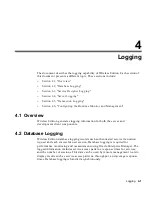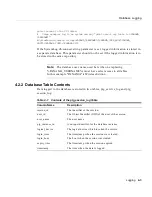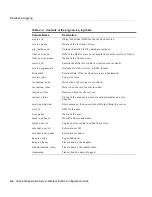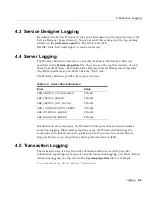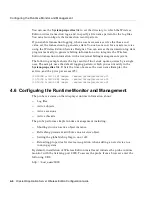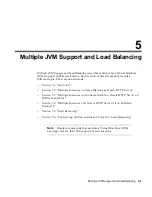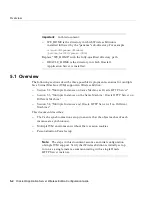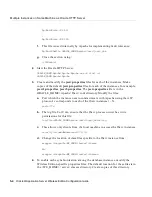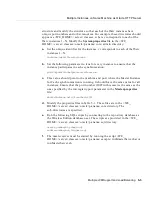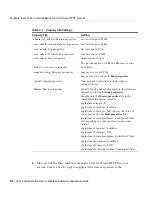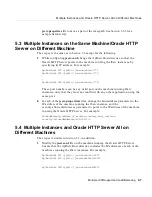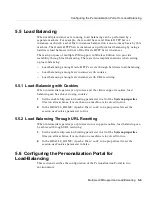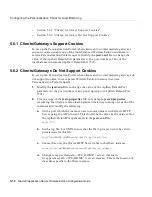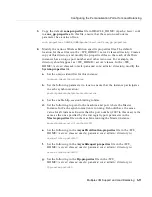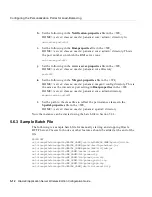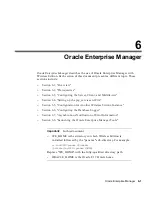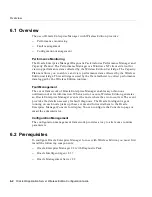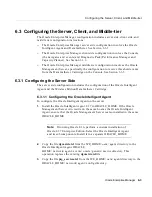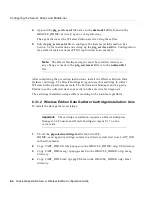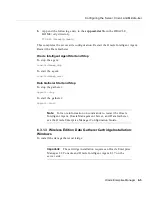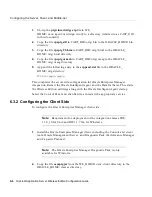
Multiple Instances on Same Machine as Oracle HTTP Server
Multiple JVM Support and Load Balancing
5-5
structure and modify the structure so that each of the JServ instances have
unique port numbers and other resources. For example, these directories should
appear as <WE_HOME>\server\classesx, where x corresponds to each of the
JServ instances 1...N. Modify the System.properties file in the <WE_
HOME>\server\classesx\oracle\panama\core\admin directory:
a.
Set the unique identifier for the instance. x corresponds to each of the JServ
instances 1...N.
instance.identifier=instancex
b.
Set the following parameter to true for every instance to ensure that the
instance participates in cache synchronization:
participateInCacheSynchronization=true
c.
This value should point to the machine and port where the Master Instance
for Cache synchronization is running. It should have the same value for all
instances. Ensure that the port number (2007 in this case) is the same as the
one specified by the rmi.registry.port parameter in the Master.properties
file:
masterInstance.url=//localhost:2007
d.
Modify the properties files in
Table 5–1
. These files are in the <WE_
HOME>\server\classesx\oracle\panama\core directory. The
sub-directories are specified.
e.
Run the following SQL scripts by connecting to the repository database as
the Wireless Edition database user. The scripts are provided in the <WE_
HOME>\server\classesx\oracle\panama\sql directory.
create_cachesync_schema.sql
enable-cachesynch_triggers.sql
f.
The master server must be started by running the script <WE_
HOME>\server\classesx\oracle\panama\sample\runMasterServer.bat or
runMasterServer.sh.



